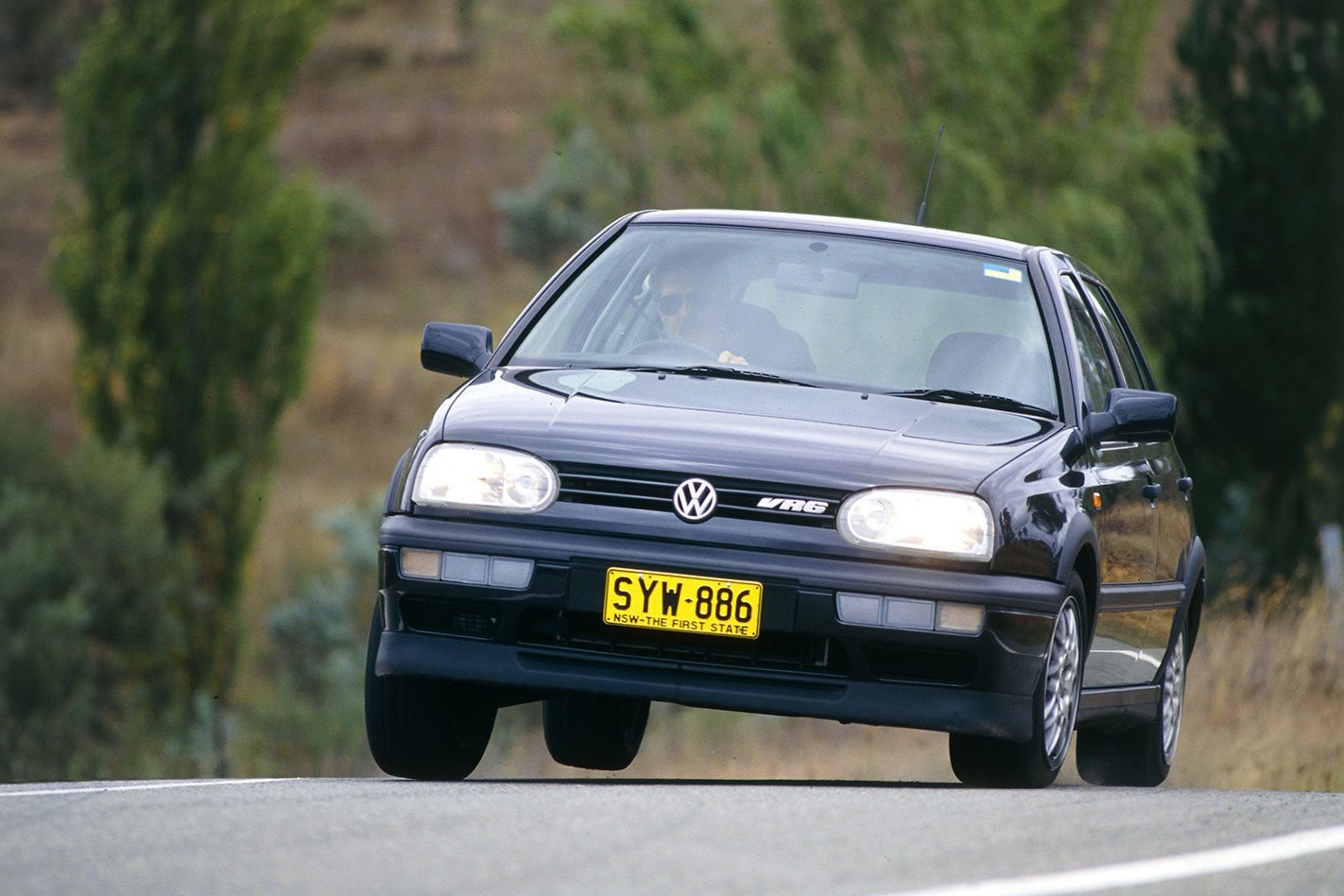Almost everybody knows the VW Golf R32. It’s a great bit of gear, even if – as Cockburn is fond of pointing out – it weighs more than an EH Holden, has a bigger footprint than the EH and is even bigger inside.
This review was first published in MOTOR magazine’s May 2008 issue.
This observation is based on the fact that the Golf nameplate was traditionally applied to a small-ish shopping trolley type of car, and blokes (like Cockburn) who grew up with that idea have trouble getting their elderly scones around the concept of a Golf with rather more firepower.
The fact is that the R32 is special. And still rather expensive at that. Special costs, it would seem.
But there is a less-expensive alternative to an R32 that still involves the words ‘Golf’ and ‘V6’. And when it comes down to it, the six-cylinder engine is the main thing that makes the R32 so special in the first place.
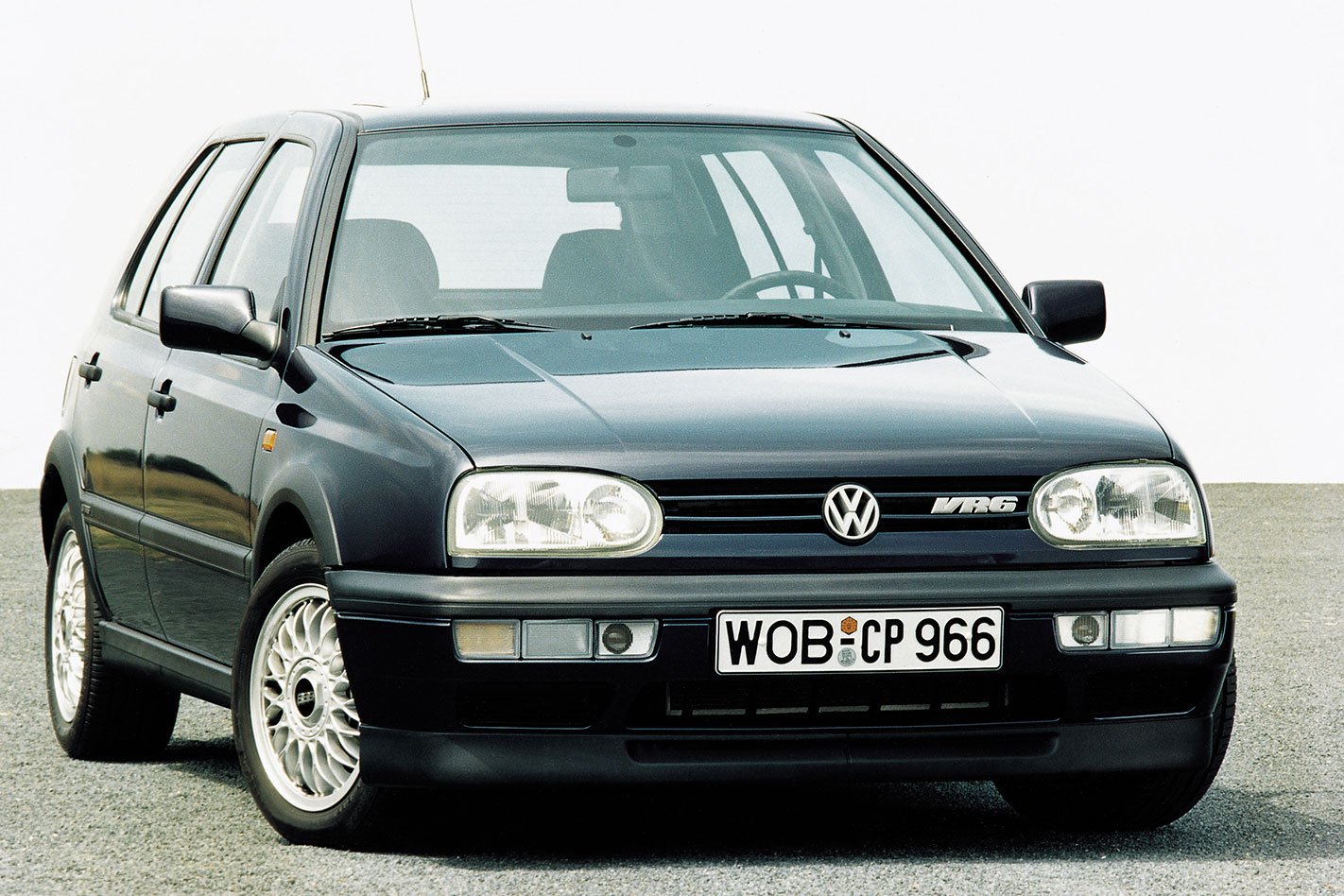
Oh, and it’s about a quarter of the price of the cheapest R32 as well.
While the bulk of R32s are based on the current-model MkV Golf (the first one we saw here was built around the platform of the previous MkIV model), the VR6 is a generation older. So it doesn’t look as uber-cool and nor is it as solidly built.
But it’s still a Volkswagen and that counts for something, at least in terms of how it’s welded together. Then again, the Mk III Golf (and other VW’s of that era) were hardly Wolfsburg’s finest moments quality-wise, so make sure all the electrics work and that the carpet not only fits properly but isn’t wet.
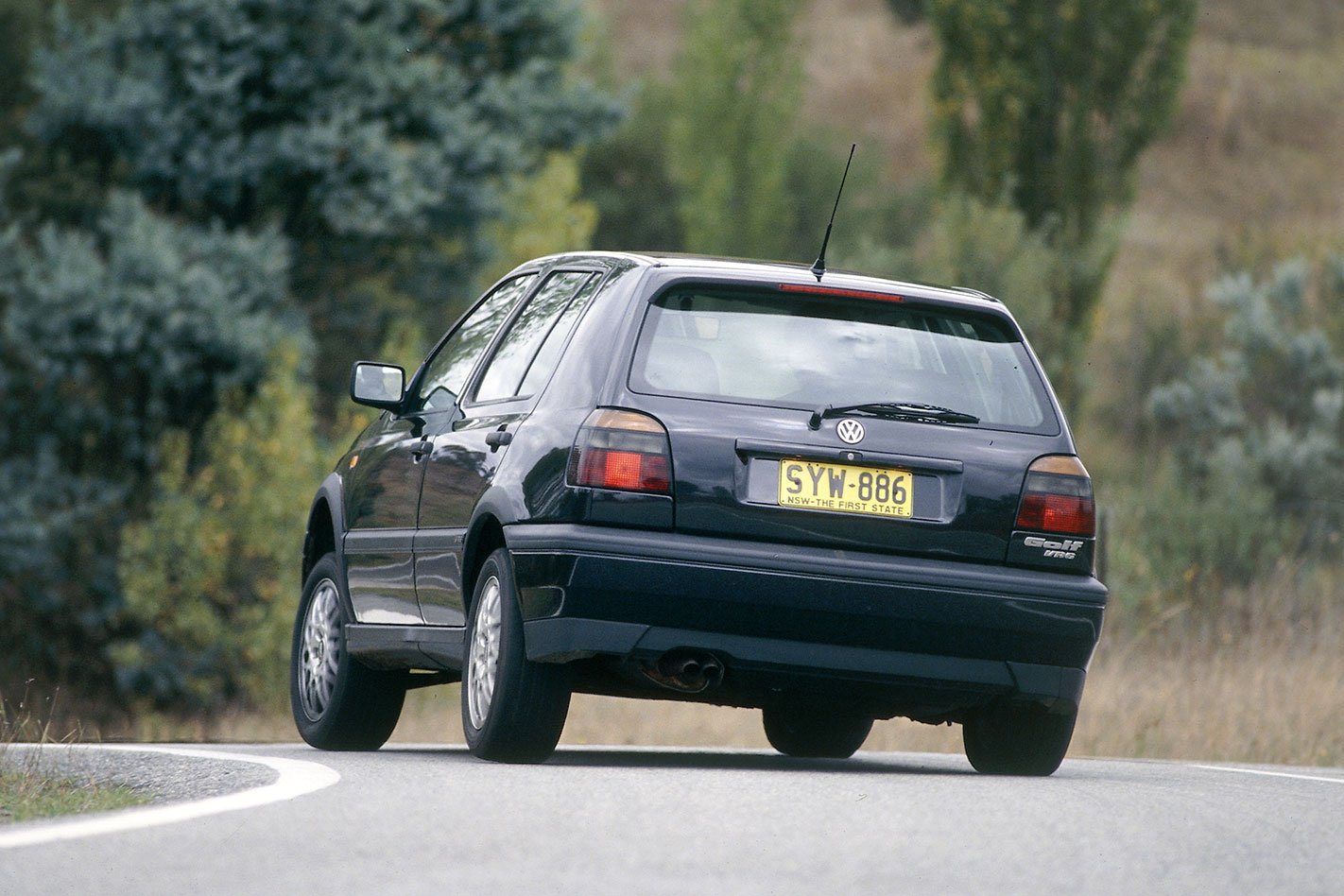
Speaking of which, the motor measures 2.8 litres and while it’s heavier than a four-banger, the difference wasn’t as great as it might have otherwise been. That’s all down to the clever design that kept the block and cylinder head compact and, therefore, lighter.
Notice that we said cylinder ‘head’ and not ‘heads’. Huh? Everybody knows a V6 has two heads, right? Well, not here.
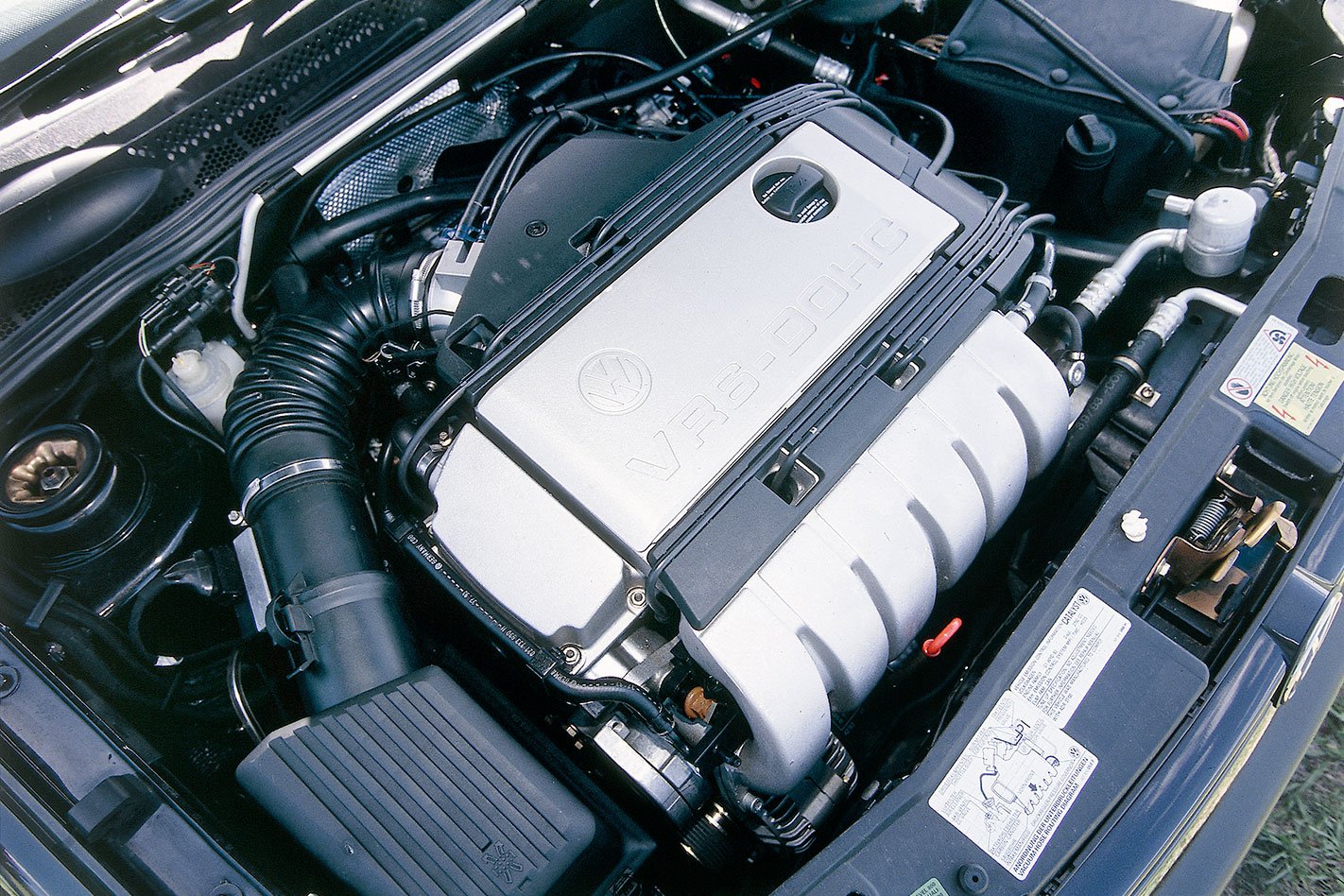
This design allowed for a single cylinder head and because it kept the engine narrow, the unit could be fitted transversely into cars like the Golf without a longer nose to account for crumple zones. It also meant that you could achieve a double-overhead-camshaft layout with just two camshafts rather than the four you’d have needed in a conventional V6 with DOHCs. Then again, you kind of get the idea that VW missed the boat a bit here, because the original VR6 engine (the one we’re dealing with here) only had two valves per cylinder. Whatever.
In the end, the staggered-six donk makes 128kW and 235 very handy Newton metres.
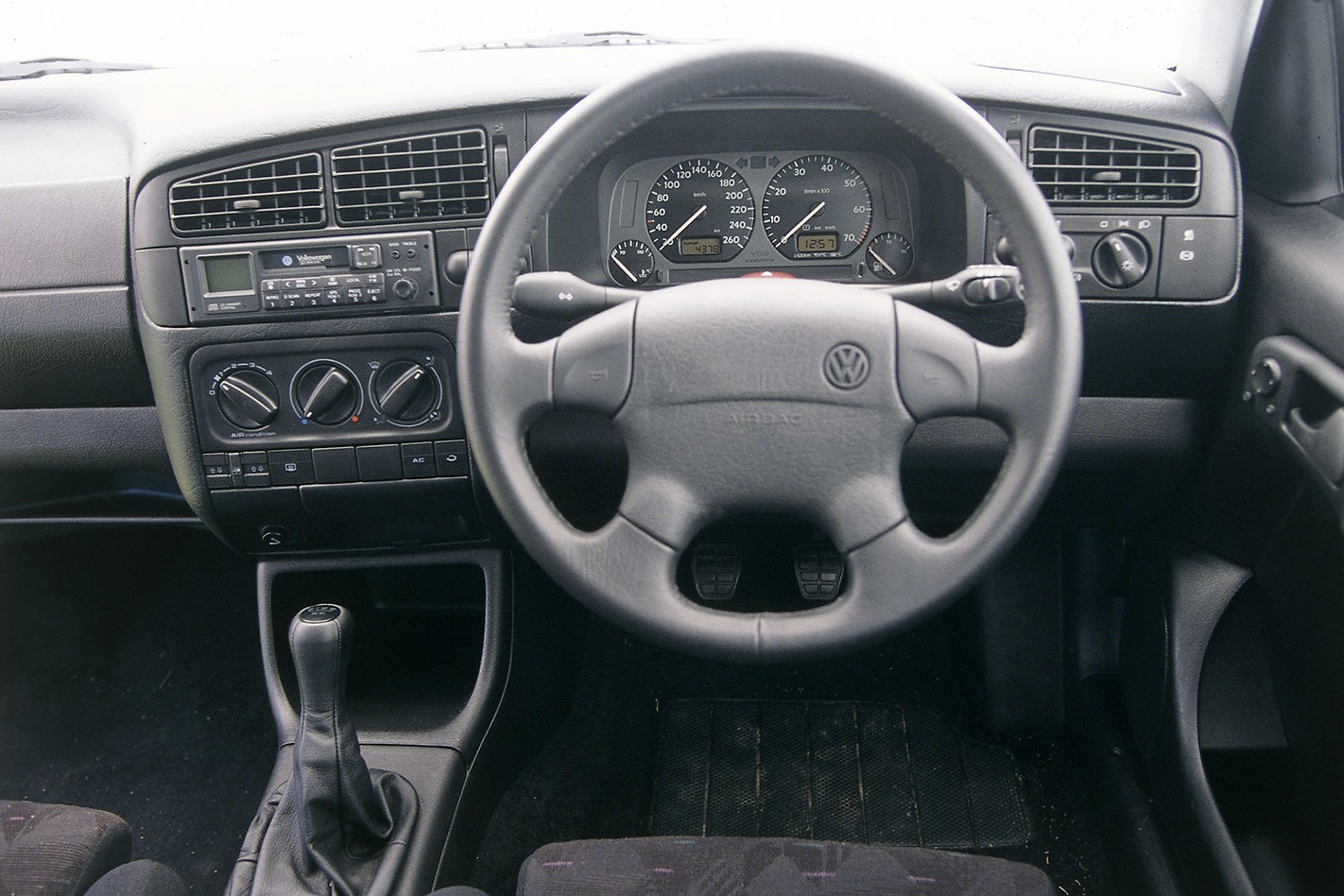
When you’re shopping, only a manual will do, okay?
It’s that simple. And while the grunty six will easily cope with the slushbox, the manual is so much more fun, you’ll wonder why anybody would want a self-shifter in a car like this.
Suspension tune aside, the rest of the VR6 deal is pretty much standard Golf Mk III. And, like we said, that’s not always a great thing because quality could be suspect. Make absolutely sure the air-conditioning is working because a complete rebuild is sometimes the only fix and it won’t be cheap.
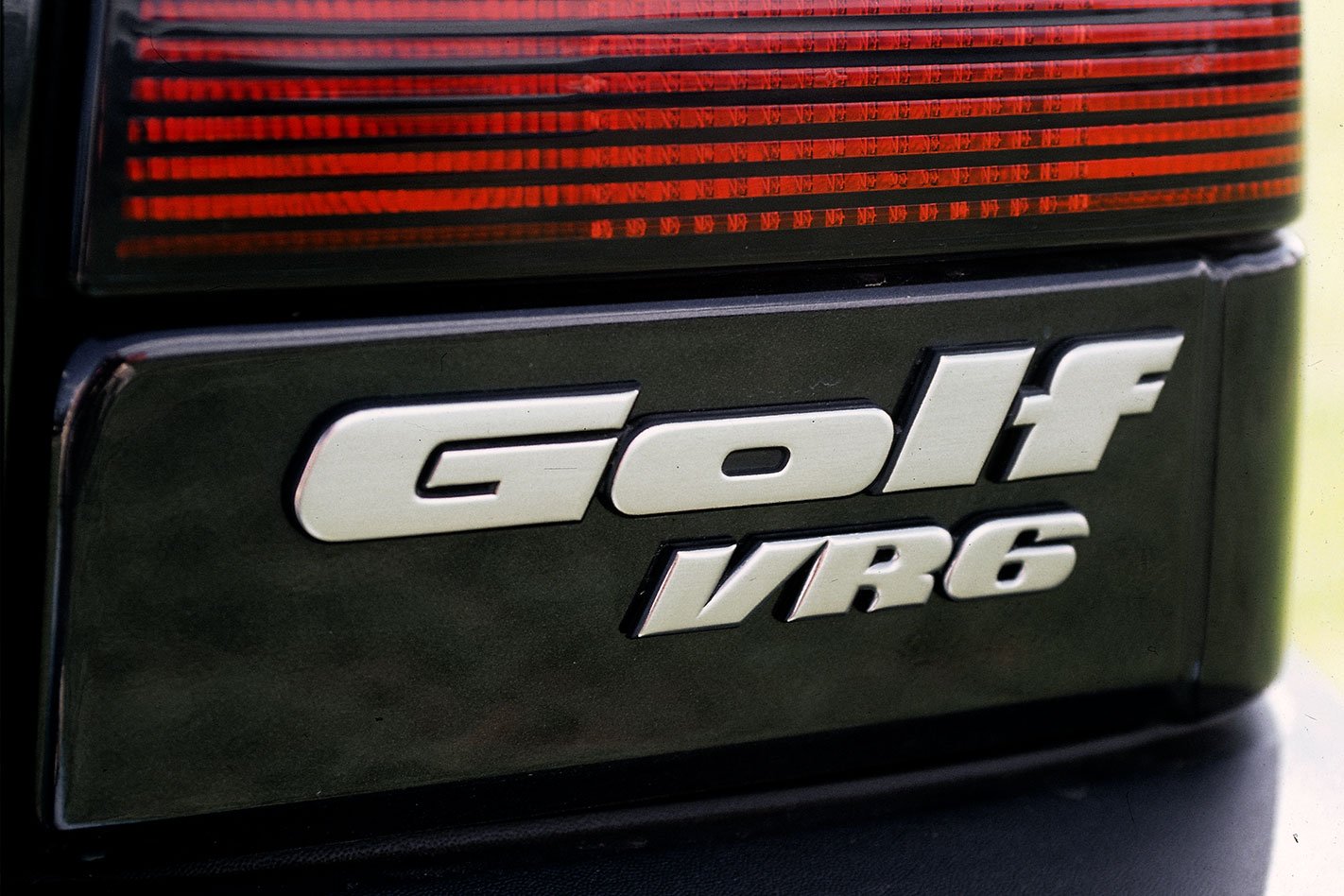
Beyond that, a VR6 is a ripper way to get into a quicker-than-average car that has all the practicality of a VW Golf and some of the cachet of the mighty R32.
Fast Facts
Volkswagen Golf vr6 Body: 5-door, 5-seat hatchback Drive: front wheels Engine: 2792cc V6, SOHC, 12v Power: 128kW @ 5800rpm Torque: 235Nm @ 4200rpm Kerb Weight: 1207kg Power-to-weight: 106kW/tonne Transmission: 5-speed manual Suspension: struts, A-arms, anti-roll bar (f); torsion beam, coil springs, anti-roll bar (r) Length/Width/Height: 4020/1695/1405mm Wheelbase: 2475mm 0-100km/h: 7.6sec (claimed) Brakes: ventilated discs (f), solid discs (r); ABS Wheels: 15 x 6.5-inch, BBS alloy Tyres: 205/50VR15 86V Continental Super Contact Price: $44,990 (1994)

